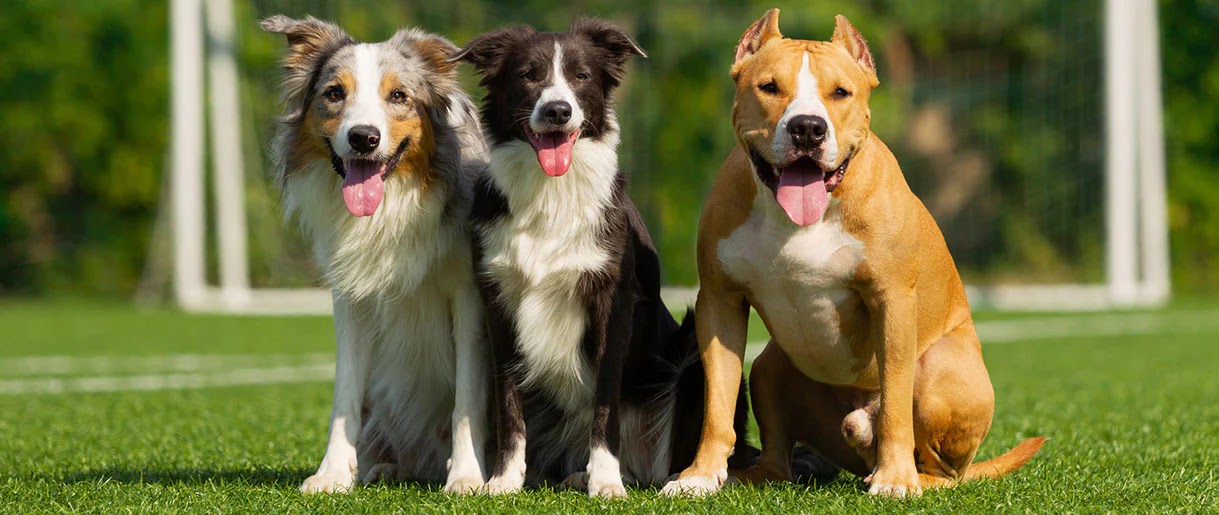Unveiling the General History of Dogs
Early Partnership
The origin of the human-dog bond dates back to the earliest days of mankind, as humans found companionship in an aboriginal version of our modern dog. In exchange for protection and assistance in herding, humans provided food and shelter to their canine companions.
Global Presence
Indigenous dog families can be found in almost every part of the world, except for specific regions such as the West Indian Islands, Madagascar, and certain islands in the Malayan Archipelago, New Zealand, and Polynesia. These areas lack evidence of dogs, wolves, or foxes as original inhabitants.
Neglected in Ancient Orient
Early Mongolians and ancient Oriental lands largely neglected dogs, allowing them to remain savage and untamed for centuries. Dogs roamed in packs, resembling wolves and surviving through scavenging. It wasn't until the civilizations of Assyria and Egypt that distinct dog breeds began to emerge.
Biblical References
Dogs were generally looked down upon in Palestine, as both the Old and New Testaments often mentioned them with contempt. However, there is a notable biblical reference in the apocryphal Book of Tobit, acknowledging dogs as companions of man.
Diverse Breeds
The multitude of dog breeds, with significant variations in size, appearance, and characteristics, might lead one to question their common ancestry. Yet, the ability to produce such variety through selective breeding is well-known among dog breeders.
Comparative Anatomy
A closer examination of the skeletal structures of wolves and dogs reveals striking similarities. From the number of vertebrae in the spine to the arrangement of teeth and toes, the two species share an almost identical structure.
Shared Habits
Wolves and dogs exhibit similar habits, including howling, barking (as learned from domestication), omnivorous diets, and hunting strategies. The gestation period and early development of wolf cubs also closely resemble those of domestic dogs.
Regional Resemblance
Native dog breeds around the world bear a close resemblance in size, coloration, form, and behavior to the native wolves of their respective regions. This correlation suggests more than mere coincidence.
Barking Behavior
While barking is often considered a distinctive feature of domesticated dogs, it is not a definitive argument against their lupine relationship. Wild canids, such as jackals and wolf pups raised by domesticated dogs, can acquire the barking habit, while some domestic dogs allowed to run wild may lose this characteristic.
Darwin's Hypothesis
Charles Darwin proposed that domestic dogs likely descended from several species of wolves, including the European, Indian, and North African forms, as well as jackals and potentially extinct species. The blood of these various species may have mixed to create the diverse breeds we have today.



